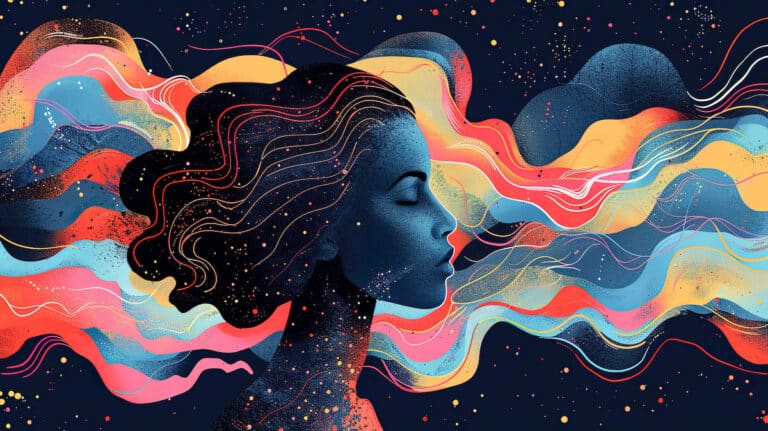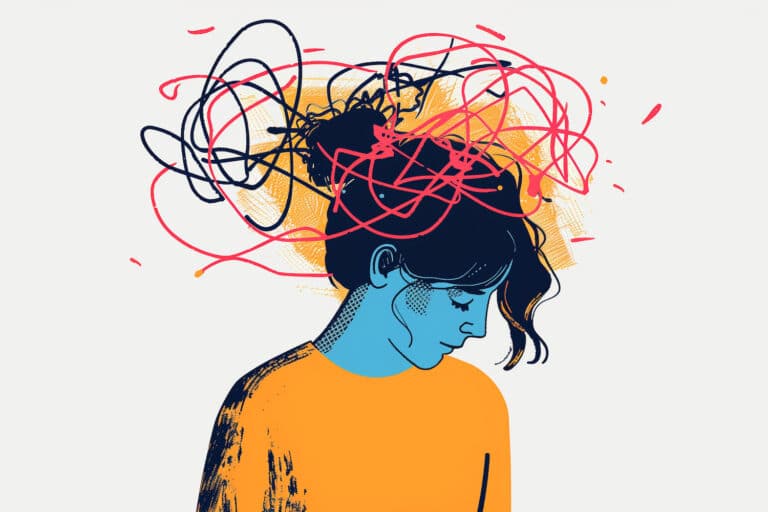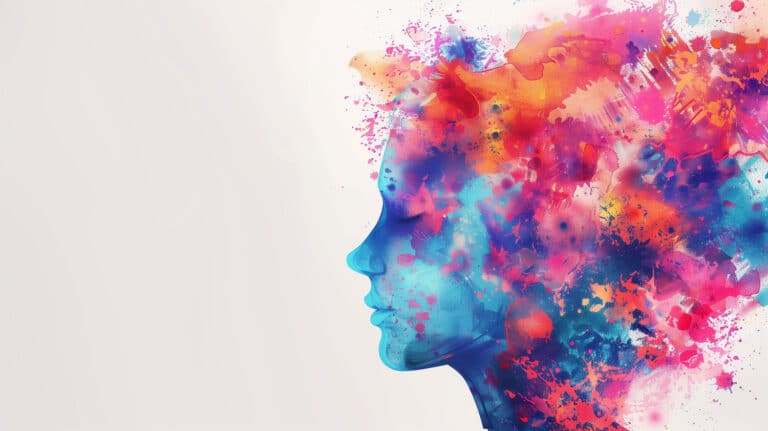Mental Health and Bulimia Statistics
Eating disorders are complicated mental health issues. In fact, much of the public doesn’t fully understand the impact these disorders have. Take bulimia nervosa, for example. This condition consists of a cycle of binge eating and then purging to compensate for the binge. The binge eating acts as a coping mechanism, while the purging works to prevent weight gain from excessive calories. Bulimia statistics can help you learn more about this life-threatening condition.
Telling Bulimia Statistics
When it comes to bulimia, it’s important to know that it doesn’t occur in a vacuum. In other words, most people that struggle with bulimia also deal with at least one other mental health condition. In fact, the National Institute of Mental Health reports that over 94% of individuals with bulimia struggle with a co-occurring mental illness. Out of anorexia, bulimia, and binge eating disorder, bulimia has the highest percentage of people with these co-occurring conditions. Bulimia disorder treatment should consider this.
According to bulimia statistics, the most common category of co-occurring conditions with bulimia is anxiety disorders. About 80% of people with bulimia also have an anxiety disorder. This can include any of the following:
- Generalized anxiety disorder
- Panic disorder
- Obsessive compulsive disorder
- Post traumatic stress disorder
- Social phobia
Mood disorders come in at a close second. Almost 71% of people with bulimia also deal with mood disorders like depression, bipolar disorder, and seasonal affective disorder. Not far behind are impulse control disorders at almost 64%. These conditions include conduct disorder and oppositional defiant disorder. In last place is substance use disorders with about 37%.
It’s important to note that while most individuals struggling with bulimia have at least one other co-occurring disorder, they often have two or more. Bulimia statistics indicate that additional mental health challenges are not only common, they’re the norm. A high-quality bulimia treatment center will know this, as well as how to accommodate individuals with multiple mental health challenges.
How Dual Diagnosis Treatment Can Help
The best facilities for bulimia treatment offer dual diagnosis mental health treatment. This means that they don’t just provide treatment for the eating disorder. They also consider other mental health concerns. Clinicians look at the whole person when creating a treatment plan, rather than just their primary concern.
This method is useful because different mental health issues can interact with each other. Often, co-occurring conditions work to make the other disorders worse. When clinicians address every aspect of a person’s mental health, it leads to better outcomes.
Bulimia Nervosa Treatment at Magnolia Creek
The professionals at Magnolia Creek stay up-to-date on the latest bulimia statistics in order to provide the highest level of care to women 18 and over that struggle with eating disorders. We offer dual diagnosis mental health support to help our clients heal in a comfortable, welcoming environment. If you think you might need treatment for bulimia nervosa, reach out to Magnolia Creek today at 205-235-6989.




